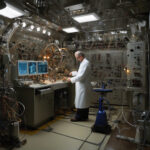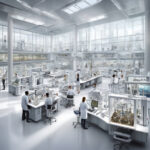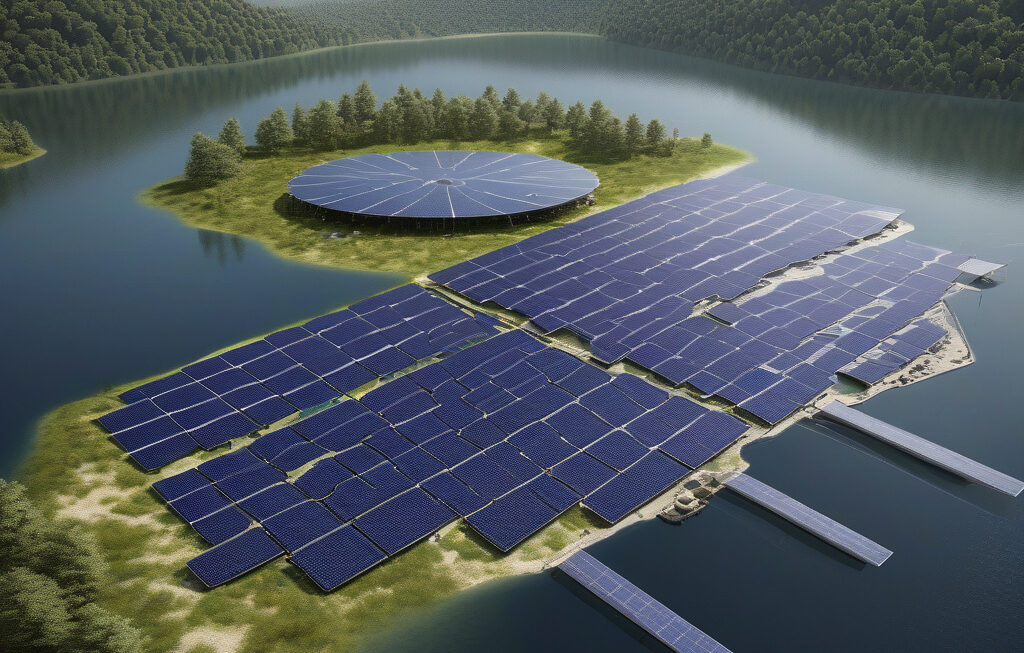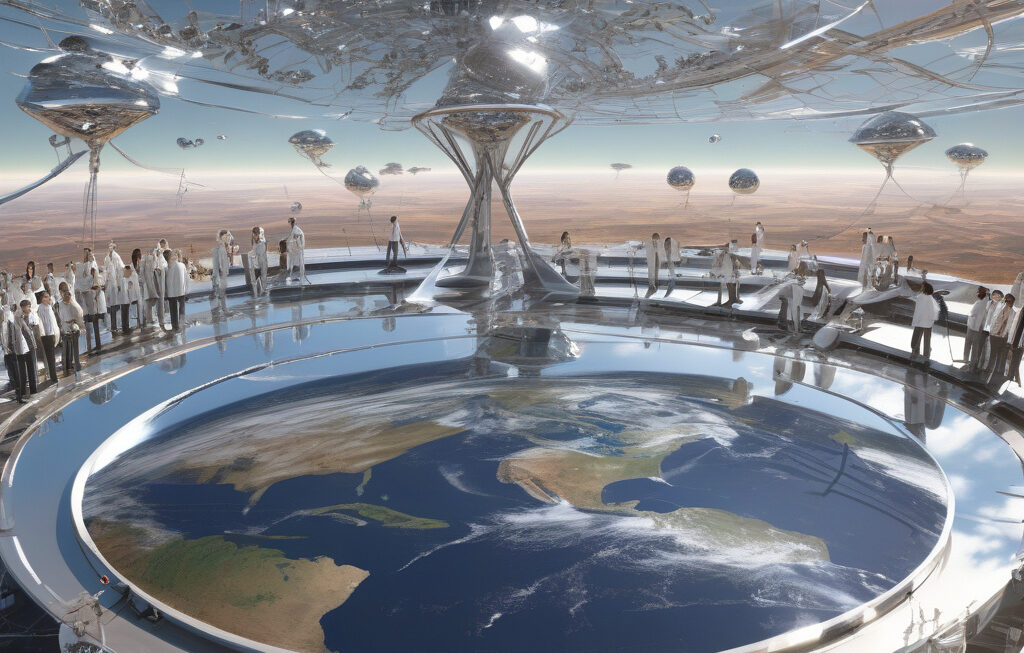German Scientists Create Aesthetic Solar Facades Achieving 80% Efficiency
Fraunhofer Institute for Electron Beam and Plasma Technology (FEP) has reached a major milestone in the field of solar energy with the development of highly efficient and visually appealing solar facades. This groundbreaking innovation combines cutting-edge technology with modern design, offering a sustainable solution for energy generation in urban areas.
The solar facades created by the German scientists at FEP are not only functional but also aesthetic, blending seamlessly into the architecture of buildings. This integration of solar panels into the facade of a structure represents a significant advancement in the field of renewable energy, as it allows for the efficient use of space in densely populated areas where rooftop solar panels may not be feasible.
One of the key features of these solar facades is their impressive efficiency rate of 80%. This level of efficiency is achieved through the use of advanced solar cells that are capable of converting a high percentage of sunlight into electricity. By maximizing energy production, these facades offer a cost-effective and environmentally friendly alternative to traditional energy sources.
In addition to their efficiency, the aesthetic appeal of these solar facades sets them apart from conventional solar panels. The design possibilities are endless, with options for custom colors, patterns, and textures that can be tailored to suit the unique style of any building. This opens up new opportunities for architects and designers to incorporate sustainable energy solutions into their projects without compromising on aesthetics.
Furthermore, the integration of solar facades into buildings can have a positive impact on the environment by reducing carbon emissions and decreasing reliance on fossil fuels. By harnessing the power of the sun to generate electricity, these facades contribute to a cleaner and more sustainable future for generations to come.
The success of the German scientists at FEP in creating these innovative solar facades highlights the importance of investing in research and development in the field of renewable energy. By pushing the boundaries of technology and design, they have demonstrated that sustainability and efficiency can go hand in hand, paving the way for a more sustainable built environment.
In conclusion, the development of aesthetic solar facades achieving 80% efficiency by the Fraunhofer Institute for Electron Beam and Plasma Technology represents a significant breakthrough in the field of solar energy. By combining functionality with design, these solar facades offer a glimpse into the future of sustainable architecture, where buildings not only consume energy but also generate it, all while enhancing the visual appeal of urban landscapes.
solar energy, sustainable architecture, renewable technology, Fraunhofer Institute, energy efficiency












